As an R user, I wanted to also get up to speed on scikit.
Creating a linear regression model(s) is fine, but can't seem to find a reasonable way to get a standard summary of regression output.
Code example:
# Linear Regression
import numpy as np
from sklearn import datasets
from sklearn.linear_model import LinearRegression
# Load the diabetes datasets
dataset = datasets.load_diabetes()
# Fit a linear regression model to the data
model = LinearRegression()
model.fit(dataset.data, dataset.target)
print(model)
# Make predictions
expected = dataset.target
predicted = model.predict(dataset.data)
# Summarize the fit of the model
mse = np.mean((predicted-expected)**2)
print model.intercept_, model.coef_, mse,
print(model.score(dataset.data, dataset.target))
Issues:
- seems like the intercept and coef are built into the model, and I just type
print(second to last line) to see them. - What about all the other standard regression output like R^2, adjusted R^2, p values, etc. If I read the examples correctly, seems like you have to write a function/equation for each of these and then print it.
- So, is there no standard summary output for lin. reg. models?
- Also, in my printed array of outputs of coefficients, there are no variable names associated with each of these? I just get the numeric array. Is there a way to print these where I get an output of the coefficients and the variable they go with?
My printed output:
LinearRegression(copy_X=True, fit_intercept=True, normalize=False)
152.133484163 [ -10.01219782 -239.81908937 519.83978679 324.39042769 -792.18416163
476.74583782 101.04457032 177.06417623 751.27932109 67.62538639] 2859.69039877
0.517749425413
Notes: Started off with Linear, Ridge and Lasso. I have gone through the examples. Below is for the basic OLS.
